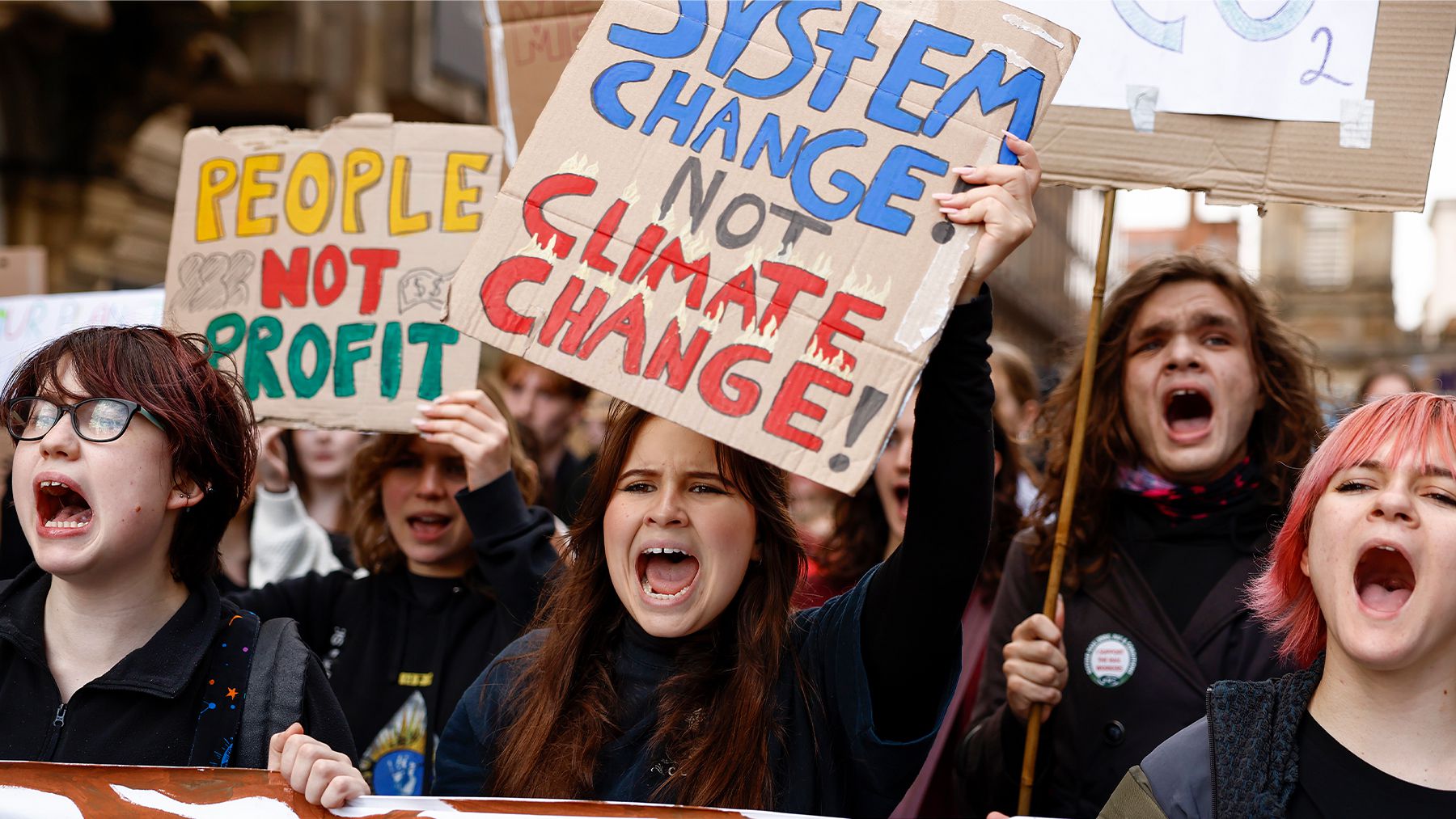
Every year, world leaders, industry executives and civil society representatives gather at the UN’s Conference of Parties (COP) for a frenzy of talks and negotiations aimed at moving the world closer to delivering on climate ambitions.
Success is increasingly urgent. Some impacts of climate change are already irreversible, according to scientists. Based on its current trajectory, the world is on a path for catastrophe, the UN warned last week.
But while the stakes have never been higher, this year’s gathering in Sharm El-Sheikh, Egypt is taking place against a particularly challenging global backdrop. Russia’s invasion of Ukraine earlier this year has upended energy and grain markets, fuelling inflation, stoking regional political instability and distracting from efforts to tackle the long-term climate challenge.
For some, the conference itself has become little more than a flashy opportunity for corporate and political grandstanding. Climate activist Greta Thunberg, who isn’t going this year, has denounced the global summit as “greenwashing, lying and cheating.”
Fashion is officially on the agenda, too. The industry is a significant contributor to global warming and broader decisions to tackle climate change made over the next two weeks will directly impact global supply chains and operations. The UN Fashion Charter for climate action, an industry commitment to slash emissions, is holding an event slated for Nov. 11. Last year, its focus was on updating the scope of its ambitions; this year is expected to be about delivery.
“We’re in the phase now where implementation is the only success metric,” said Laila Petrie, chief executive of climate consultancy 2050. “It doesn’t matter what else we do, we have to implement.”
Read on for a cheat sheet of what else to look out for, and why fashion should care.
Fashion’s Climate Bill Comes Due
Rather than another year of talk, COP watchers are looking for governments and companies to put cold hard cash behind their commitments.
Tackling climate change is going to come with a hefty price tag, but so far promises by wealthy countries to provide $100 billion in annual climate finance annually have fallen short. The fashion industry itself needs billions of dollars of investment every year to keep up with climate commitments.
“Different COPs have different flavours,” said Shari Friedman, managing director of climate and sustainability at political risk consultancy Eurasia Group. “[For] this particular COP, the biggest piece on the agenda is going to be climate finance, … for mitigation, for adaptation, and for loss and damage.”
G7 countries are already looking to send billions of dollars to help manufacturing hubs like Vietnam, Indonesia and India transition from coal to renewable energy — a development fashion should watch closely as it looks to deliver on decarbonisation commitments in its supply chains.
“If I were a fashion company, I’d be looking at where that money might be going,” said Friedman.
Manufacturing Hubs Call for Climate Justice
Climate change is a global issue, but certain regions are disproportionately bearing the brunt of its impacts. A number of garment manufacturing hubs, including Bangladesh, India, Ethiopia and Pakistan are among the most sensitive in the world to climate change, according to risk consultancy Verisk Maplecroft.
It’s an uncomfortable dynamic that has added friction to climate talks like COP for years, particularly as wealthier industrialised countries are the historic emitters. The V20, a coalition of the world’s most climate-vulnerable nations, will likely make climate justice a key issue during talks at this year’s conference, with recent devastating floods in Pakistan underscoring the urgency of the issue.
“People from marginalised communities, from developing countries, are — and have been for a long time — dealing with the impacts of climate change, and have received only a tiny fraction of the financial [and public] support needed,” said Rachel Kitchin, corporate climate campaigner at California-based nonprofit Stand.Earth.
Navigating the New Climate Reality
Fashion, with its sprawling globalised supply chains, should also pay attention to how countries at COP27 lay out plans to address the consequences of climate change that are already here. Extreme weather and heat in major garment hubs such as Bangladesh and Pakistan are already having material impacts on the safety and viability of sourcing there.
Brands “have huge investments in supply chain countries,” said Kithchin. “It’s a piece of the puzzle to work out how those investments will be threatened by climate change.”
The fallout for countries and workers in fashion supply chains is increasingly clear and severe.
“The issue of loss and damage is… overcoming the limits of adaptation, when you can’t adapt anymore and you see impacts of climate change happening,” said Prof. Saleemul Huq, director of the International Centre for Climate Change & Development and professor at Independent University, Bangladesh, during a virtual panel hosted by Atmos magazine on the role climate migration will play at COP27.
Extreme weather almost caused Huq to miss the panel, which took place just a day after a major cyclone hit Bangladesh’s capital, Dhaka.
For more BoF sustainability coverage, sign up now for our Weekly Sustainability Briefing by Sarah Kent.



